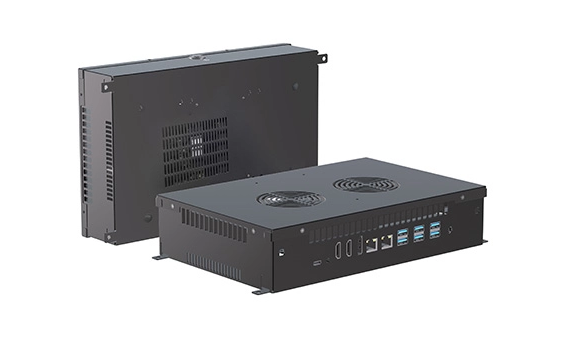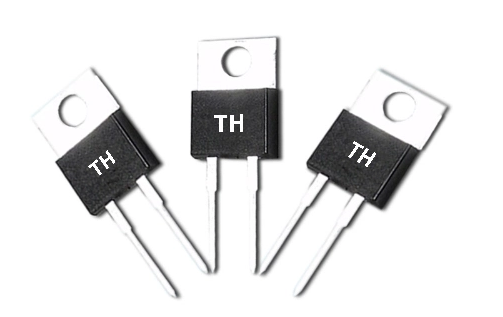Mastering Gain Control: The Key to Optimal Signal Processing in Modern Technology
In the realm of audio engineering, telecommunications, and various electronic applications, gain control is a fundamental concept that plays a pivotal role in ensuring optimal performance and sound quality. But why do we use gain control? This question transcends mere technical jargon; it delves into the very essence of signal processing and its implications across multiple industries. In this article, we will explore the intricacies of gain control, its applications, and the reasons behind its widespread use.
Understanding Gain Control
At its core, gain control refers to the adjustment of the amplitude of a signal. This adjustment can be made manually or automatically, depending on the system's design and requirements. Gain control is crucial in managing the signal-to-noise ratio (SNR), which is a measure of signal clarity relative to background noise. By optimizing gain levels, engineers can enhance the quality of audio and visual signals, ensuring that they are both intelligible and free from distortion.
The Importance of Gain Control in Various Applications
- Audio Engineering: In the world of music production and live sound reinforcement, gain control is essential for achieving a balanced mix. Engineers use gain staging techniques to ensure that each audio track is at an appropriate level before it is combined with others. This prevents clipping and distortion, which can occur when signals are too strong. Additionally, automatic gain control (AGC) systems are employed in microphones and recording devices to maintain consistent audio levels, adapting to varying sound environments.
- Telecommunications: In telecommunications, gain control is vital for maintaining signal integrity over long distances. As signals travel through cables or wireless channels, they can degrade due to attenuation. Gain control mechanisms, such as variable gain amplifiers (VGAs), are used to boost weak signals, ensuring that they remain strong enough for clear transmission. This is particularly important in mobile networks, where fluctuating signal strength can impact call quality and data transmission rates.
- Video Processing: In video applications, gain control is equally important. Cameras often incorporate gain control features to adjust the brightness and contrast of images in real-time. This is especially useful in low-light conditions, where increasing the gain can enhance visibility. However, excessive gain can introduce noise, so finding the right balance is crucial for producing high-quality video content.
The Mechanisms Behind Gain Control
Gain control can be implemented through various mechanisms, each with its own advantages and disadvantages.
- Manual Gain Control: This traditional method allows users to adjust gain levels manually. While it offers precise control, it can be time-consuming and may require expertise to achieve optimal settings.
- Automatic Gain Control (AGC): AGC systems automatically adjust gain levels based on the input signal. This technology is particularly useful in dynamic environments where signal levels fluctuate frequently. However, AGC can sometimes introduce latency or artifacts, which may not be suitable for all applications.
- Digital Signal Processing (DSP): With advancements in technology, digital gain control has become increasingly popular. DSP algorithms can analyze signals in real-time, making adjustments that optimize audio and video quality without the drawbacks of traditional methods. This approach is widely used in modern audio interfaces, mixing consoles, and broadcasting equipment.
The Future of Gain Control
As technology continues to evolve, the importance of gain control will only increase. Emerging fields such as machine learning and artificial intelligence are beginning to influence how gain control systems operate. For instance, AI algorithms can learn from user preferences and environmental conditions to make intelligent adjustments, enhancing user experience across various applications.
Moreover, as the demand for high-quality audio and video content grows, the need for sophisticated gain control mechanisms will become even more pronounced. Industries such as virtual reality, augmented reality, and immersive audio will require advanced gain control solutions to deliver seamless experiences.
Conclusion
In summary, gain control is a critical component in the fields of audio engineering, telecommunications, and video processing. Its ability to optimize signal quality and maintain clarity in various environments makes it indispensable. As technology advances, the methods and mechanisms of gain control will continue to evolve, paving the way for enhanced performance and user experiences. Understanding why we use gain control is not just about grasping a technical concept; it is about appreciating its profound impact on the quality of our digital interactions and the future of communication technology.






